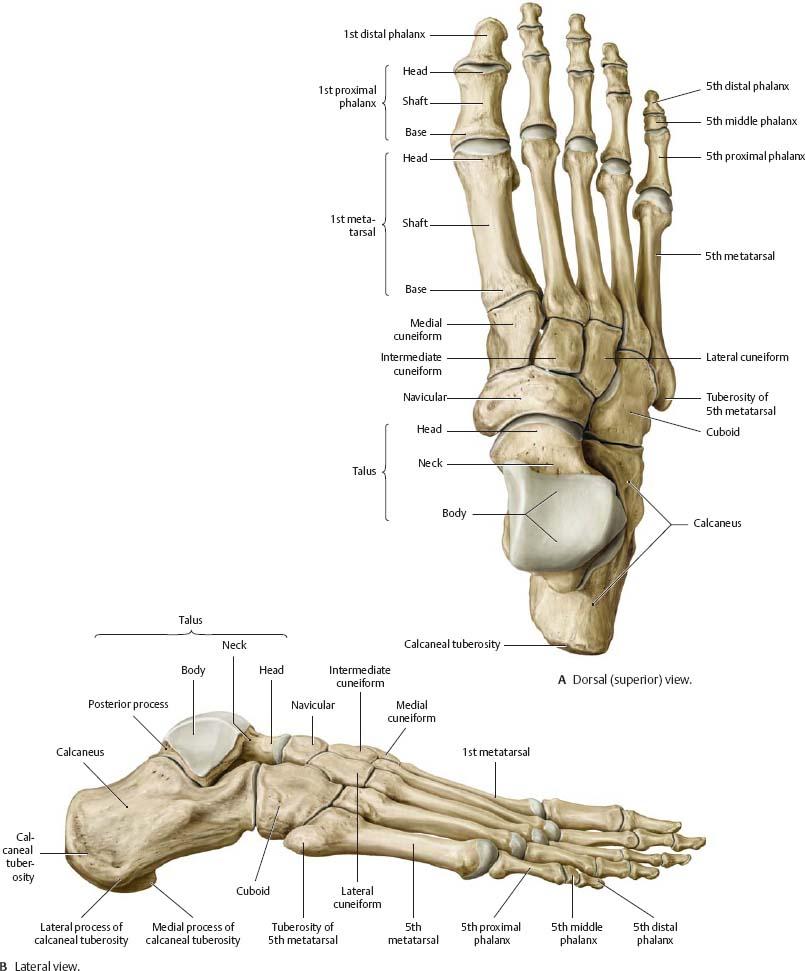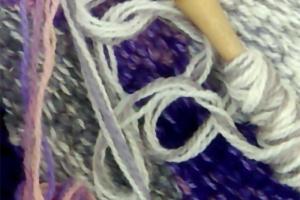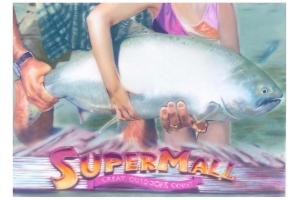Broadening Perspectives in Dance Science and Somatics

Director of Dance Susan Haines has been working on bringing more equity, diversity, and inclusion to dance science and somatics studies. Her work was selected for the Dance Science and Somatics Educators conference in August 2021 as a featured panel presentation, and at the upcoming American/Popular Culture Association Dance area conference in April 2022. Haines' research on shifting the culture of dance science began with an acknowledgment that our foundational resources come from a very narrow viewpoint.
"In my research to decolonize dance science and technique pedagogy, I started examining the anatomy resources that are used as a basis for our understanding of the body in motion. The texts and anatomy images used in most university departments come from a narrow lens of whiteness, with ballet as the most widely studied style of dance. How can we decolonize dance science education if we are promoting resources that only offer one viewpoint—that of whiteness and white body supremacy. Throughout the pandemic we have mocked those who do not trust science, but when our foundational resources do not offer inclusion of other cultures and viewpoints, we are right to question how we can bring more equity to the field."
The resources used in dance science and somatics courses have been slowly changing to represent a wider spectrum of gender, though the majority of dance science texts continue to promote Eurocentric dance styles through the use of ballet terminology and images. The new digital 3D images do add to the reference options for learning about the body. However, these digital images take us farther away from a kinesthetic understanding of the body. The newer 3D digital models of the body and muscular system with moveable perspectives show us the body as a machine, body as a sci-fi avatar. The body is so much more than the sum of our parts.. Tom Myers, noted fascia researcher, shares that we are trained to view the body through the scalpel's lens, but this limits our perspective as we have cut away information instead of including it. Haines' research examines how to shift this narrow perspective and begin to include voices from other cultures that see the body holistically.
Haines has presented her research in dance science at conferences for the National Dance Education Organization, Dance Studies Association International Conference in Malta, and the Dance Educators Association of WA. She serves as a dance science consultant and teacher for Apolla Performance and editorial consultant for the Journal of Dance Education.





